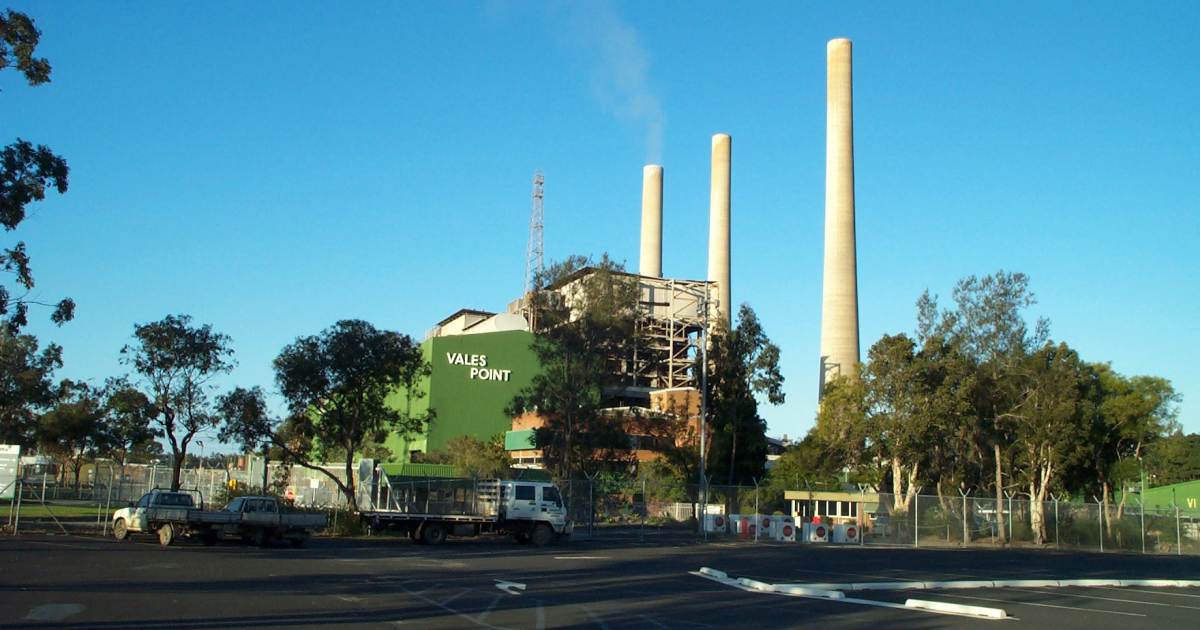
New analysis of National Pollutant Inventory data indicates while some Australian coal power stations are generating less electricity, a number saw levels of toxic pollutants increase.
Much of the focus on the damage coal power wreaks is focused on carbon dioxide emissions fuelling climate change. But these facilities also crank out a variety of toxic pollutants such as mercury, fine particulates and sulphur dioxide.
Analysis of NPI data by Environmental Justice Australia relating to AGL power stations in New South Wales found all three increased PM2.5 and PM10 fine particulate pollution in 2020-21. Liddell Power Station, which generated 31 per cent less electricity, more than doubled its PM2.5 and almost doubled its PM10 pollution in 2020-21 compared to 2019-20. The coal-fired clunker copped a paltry fine for particulate pollution in June last year.
PM10 refers to particles with a diameter of 10 micrometres or less; small enough to negatively affect respiratory function. PM2.5 are particles with a diameter of 2.5 micrometres or less, which can enter the bloodstream via the lungs and then go on to inflame and damage other organs. Across the world, an estimated 8 million+ people died in 2018 from fine particulate pollution – around 18 percent of total global deaths that year.
Thankfully, Liddell Power Station is being closed down soon. AGL shuttered the first generation unit last week, and the full closure will take place in April 2023.
But then there’s AGL’s Loy Yang A power station in Victoria, which according to EJA reported a 68% increase in PM2.5 in 2020-21 from the previous year. While Loy Yang A’s closure was recently brought forward, it could still be cranking pollution for many years to come – perhaps until 2045 – although market forces may have a thing or two to say about that.
It’s Not Just AGL
AGL isn’t the only culprit identified. EJA provides other examples, among them:
In New South Wales, Delta Electricity’s Vales Point Power Station generated 8 per cent less electricity in 2020-21 compared to the previous financial year, but its PM2.5 pollution tripled and PM10 more than doubled. At this stage, Vales Point is scheduled for closure in 2029.
EJA notes all five NSW power stations reported increased mercury emissions, with Mt Piper seeing a 135 per cent increase while energy generation only increased by 56 per cent.
In Queensland, Gladstone Power Station reduced electricity generation by 16 per cent but increased PM2.5 and PM10 pollution by 15 and 16 per cent respectively.
Environmental Justice Australia Senior Lawyer Charley Brumby-Rendell said many of Australia’s power stations operate without some of the most effective pollution reduction technologies used elsewhere.
“We know there is no safe level of pollution, so while coal-burning power stations continue to operate, pollution control technologies should be a requirement to protect the health of the community,” said Ms. Brumby-Rendell.
This of course means greater costs, which would then turn up the pressure created by competition from renewables even more.
The EJA analysis follows a report from the Intergovernmental Panel on Climate Change’s (IPCC’s) Working Group III (WG III) released this week indicating humanity faces a “now or never” moment if global warming is to be limited to 1.5°C. The report shows wind and solar energy can provide the biggest potential greenhouse gas reduction through pushing out fossil fuels.

 RSS - Posts
RSS - Posts



What happened to that Billionaire that was going to buy AGL and shut down all the coal?
I know he offered 8 billion for the company but i never heard anything after that.
The billionaire was Mike Cannon-Brookes.
He made an offer which was rejected by AGL.
He followed up with an increased offer which was also rejected.
Haven’t heard anything since. He might have given up & be looking for other projects.
https://www.smh.com.au/business/companies/agl-says-takeover-bid-still-below-value-20220307-p5a2as.html
According to this ABC article at:
https://www.abc.net.au/news/2022-03-06/brt-agl-brookfield-bid-rejected/100887042
Mike Cannon-Brookes – the tech billionaire who made the offer – walked away after AGL rejected his second bid for the company. This second bid valued AGL at $9 billion.
Since then, Mike Cannon-Brookes and Andrew Forrest have joined forces in a $15 billion dollar project to supply Singapore with solar power via an underseas cable to Singapore. see:
https://www.tradingview.com/news/reuters.com,2022:newsml_L2N2VH04Y:6-australian-billionaires-put-more-money-into-15-bln-solar-power-export-project/
AGL is currently in the process of restructuring the company.
“EJA notes all five NSW power stations reported increased mercury emissions, with Mt Piper seeing a 135 per cent increase while energy generation only increased by 56 per cent.”
Angela Macdonald-Smith in the AFR reported on 23 Sep 2021 in the article headlined EnergyAustralia to quit coal early as reforms hang in balance (bold text my emphasis):
The electricity supplier’s beefed-up climate goals will involve bringing forward the closure date for the 1400-megawatt Mt Piper coal power station in NSW at least two years, although it still expects to run the plant past 2030, the date by which the world’s top climate scientists say coal power production should cease.
The new commitments, which involve a 60 per cent cut in direct emissions by 2028-29, underscore the huge pressures – environmental, economic and social – weighing on coal-fired power generators that still meet almost 70 per cent of national electricity demand.
https://www.afr.com/companies/energy/energyaustralia-to-quit-coal-early-as-reforms-hang-in-balance-20210923-p58u73
It seems to me these “commitments” to cut direct emissions so far aren’t happening.
Mt Piper Unit 1 was out of operation for 86 days in late 2020 for major refurbishment of the boiler and upgrading of the turbine-generator to increase the unit’s rated generating capacity from 700 to 730 MW.
See 1 Mar 2021 Meeting Minutes at: https://www.energyaustralia.com.au/about-us/energy-generation/mt-piper-power-station/mt-piper-community
Mt Piper Unit 2 was due to be out of operation and upgraded in late 2021, but was postponed due to COVID restrictions. EnergyAustralia announced in Feb 2022 that Unit 2 outage was scheduled to begin in Mar 2022.
https://www.energyaustralia.com.au/about-us/media/news/energyaustralias-mt-piper-maintenance-program-focused-covid-19-safety